As Election Day approaches on Tuesday, Nov. 5 and talk about district bonds, allocation funds, and heightened property taxes hold the community’s adult social circles in a chokehold, students are left in an awkward position regarding their voice in the upcoming district election. From propositions that spend nearly $800 million revamping and maintaining air conditioning, roofing, electrical, and plumbing systems, to propositions that transform the current digital and technological infrastructure, the notion that politics only impacts adults is beginning to change. Much of this class of thought is surrounding the idea that despite the profound impact district-level politics has on students, only a small fraction can participate, and of those who can participate, few do.
“I would say that in general, there’s not that much knowledge [from people my age] about these district elections,” Bridjnandan Saranu ‘27 said. “[Students] don’t have the time to look into politics enough because they’re studying for school. Nor do they care, because the election that they [know and, therefore, care about] is the presidential election. They don’t see how where we currently live would be impacted by the person who would be [elected] in [a] local election.”
At the district elections, voters have four propositions to vote for. First, is Proposition A, which allocates just about $800 million to upgrading the infrastructure (air conditioning, electrical systems, etc.) of aging schools. Second is Proposition B, which allocates $125 million to integrating enhanced and upgraded instructional technology into the education environment. Third is Proposition C, which allocates close to six million dollars to fine arts departments across the district. Lastly, is Proposition D, which allocates $65 million for athletics departments. All of these propositions are acknowledged to have the potential to alter the trajectory of students’ lives for years to come, and yet, the vast majority of students have little say in whether or not they get passed.
“[Not being able to vote] impacts me when there are policies that I want [to be] passed or ones that I think would be beneficial, [but] are not accurately presented or pushed in the government or even in the district office,” Ian Shone ‘25 said. “This means that my livelihood would be affected because it introduces the potential for worse policies to get pushed.”
In addition to mass amounts of allocated funding, district cuts to teacher pay and massive teacher shortages impact the classroom itself, stripping many of a proper education. Another key point many students make regarding the nature of the election, is that it fails to recognize a key component of what’s directly affecting their daily lives. Teacher shortages are pervasive nationwide, with nearly 300,000 teachers leaving their position from February 2020 to May 2022. For many, this prominent nationwide crisis begs the question of how to reconcile disenfranchising students with the disproportionate impact they face from local elections.
“[Teacher shortages] just make our teaching worse,” Saranu said. “The quality of teaching goes down because the teachers who are willing to teach now, like the really good teachers, are gone. The quality of teaching [has] just decreased, which means that we [learn] less, which impacts our overall ability to [conceptualize] the world.”
Many students note that, on average, there seem to be more opportunities for them to be involved in the national elections than their local district ones. However, varied student populations have also brought up the point that despite the glitz, glamor, and perceived importance of national elections, these wide-scale ones don’t seem to have the same impact on students as local elections do. While broad, sweeping, nationwide policies affect millions across the country, district-level elections create very real, tangible changes to students here and now, yet another reason why some students are questioning their current representation in the district elections.
“Oftentimes, local elections have a larger effect on my day-to-day life than national elections,” Pranav Balakrishnan ‘25 said. “Although both are important, it’s important to recognize that it’s the district and local-level elections that organize the ways our schools are run, streets look, and power systems function.”
Although many students are disillusioned with their role in democratic process, they’ve chosen to innovatively overcome this inability to participate in district-level politics by finding numerous ways to maintain their voice.
“There are still ways that you can [participate in politics]. You can go onto sites, you can petition for things, and on social media, whenever you see something — such as a policy that you don’t like from the [district], you can go into the comments and just reply,” Saranu said. “If you really had the initiative to change things, then you definitely could. [Not being able to vote] does make [participating] harder, but it’s not impossible.”

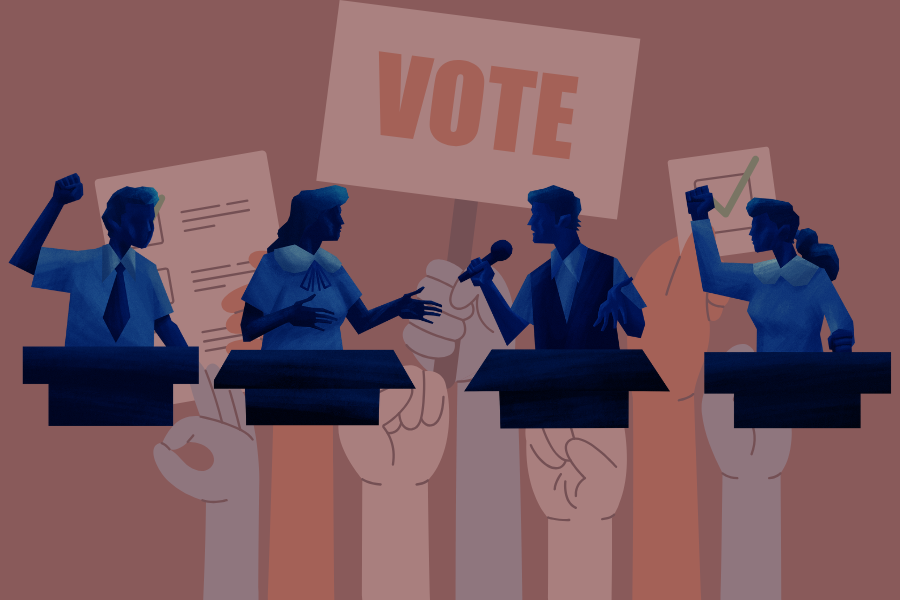



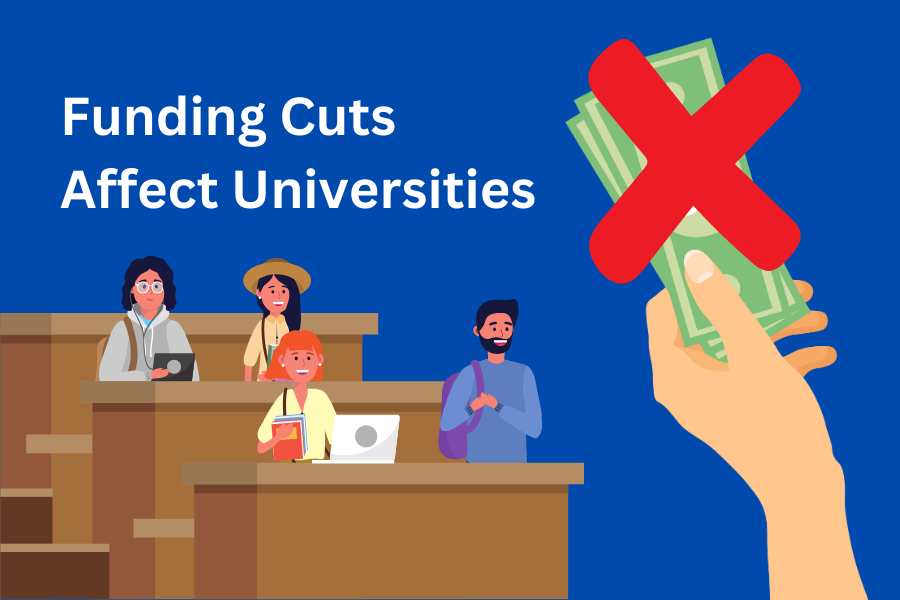
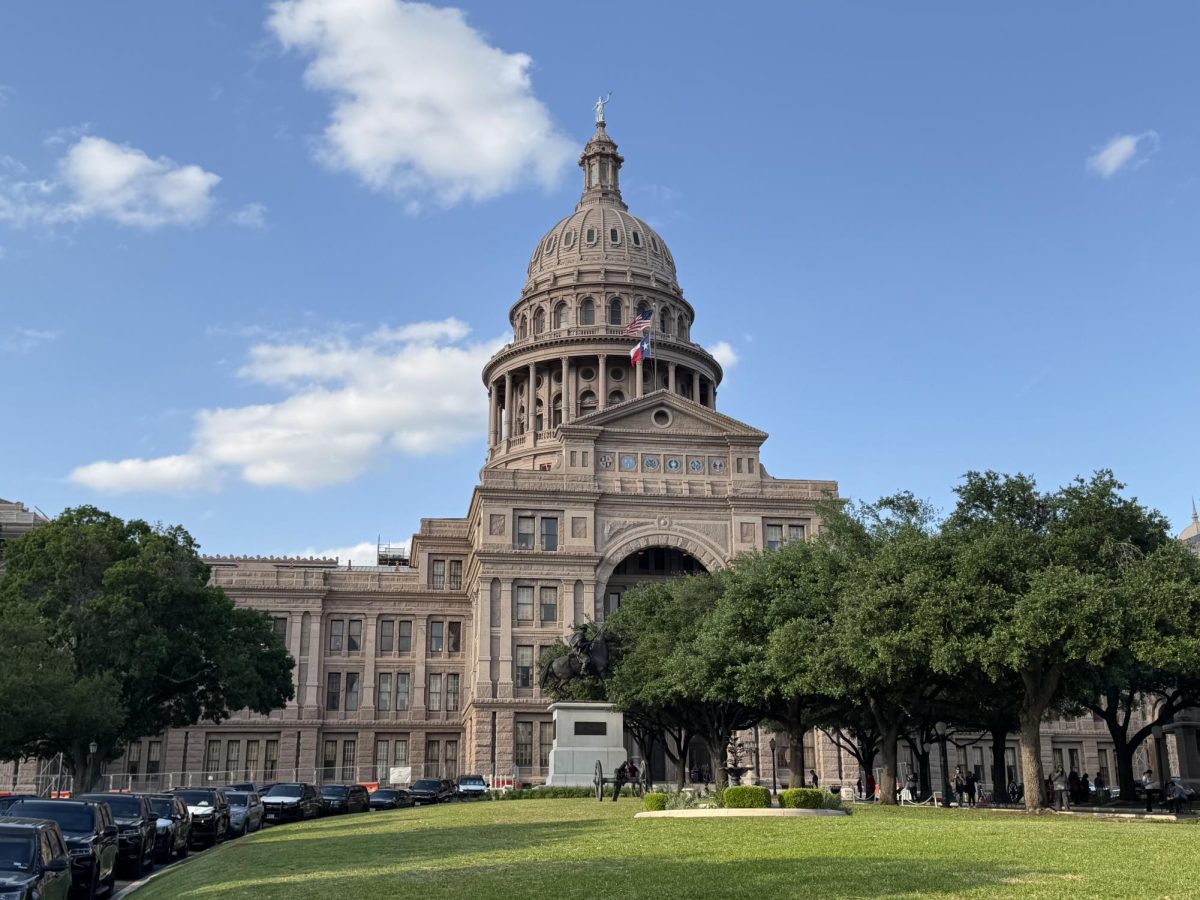
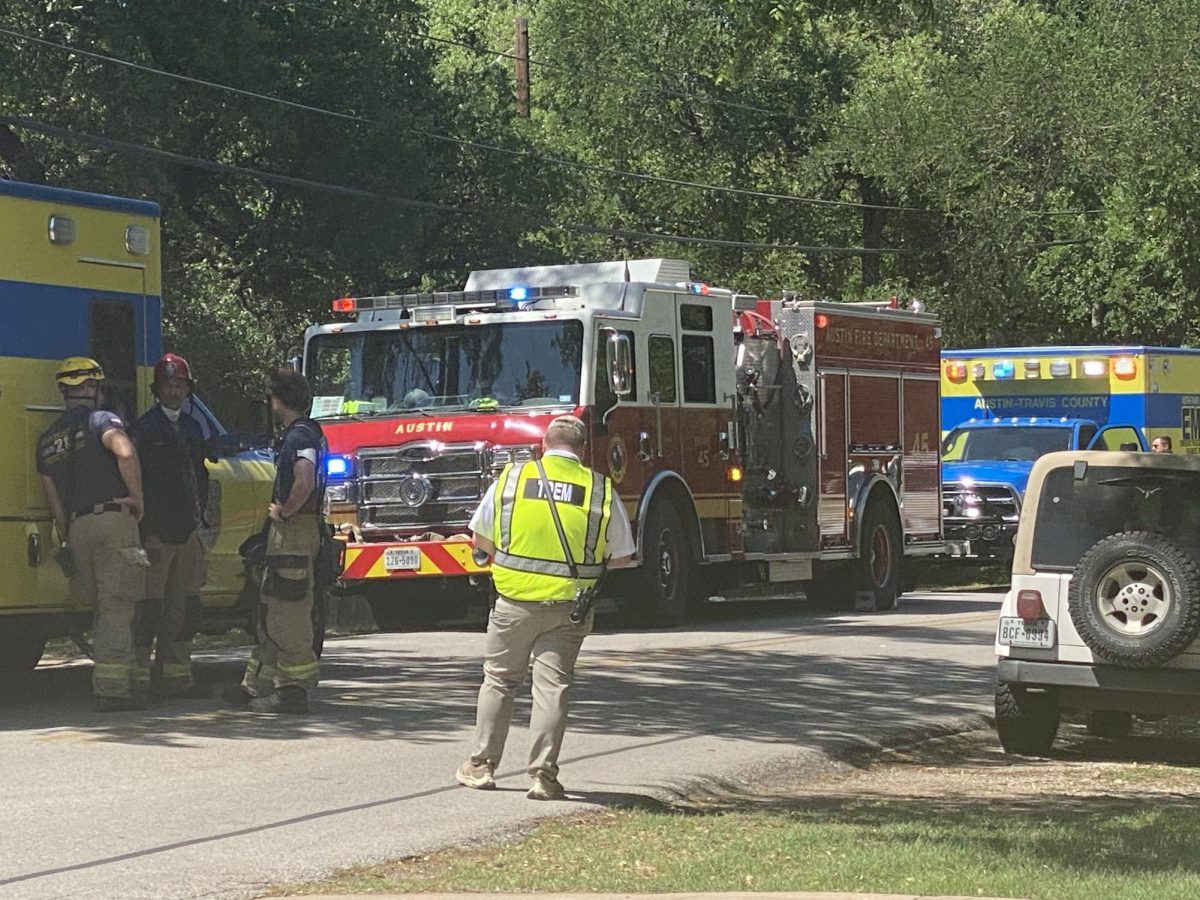

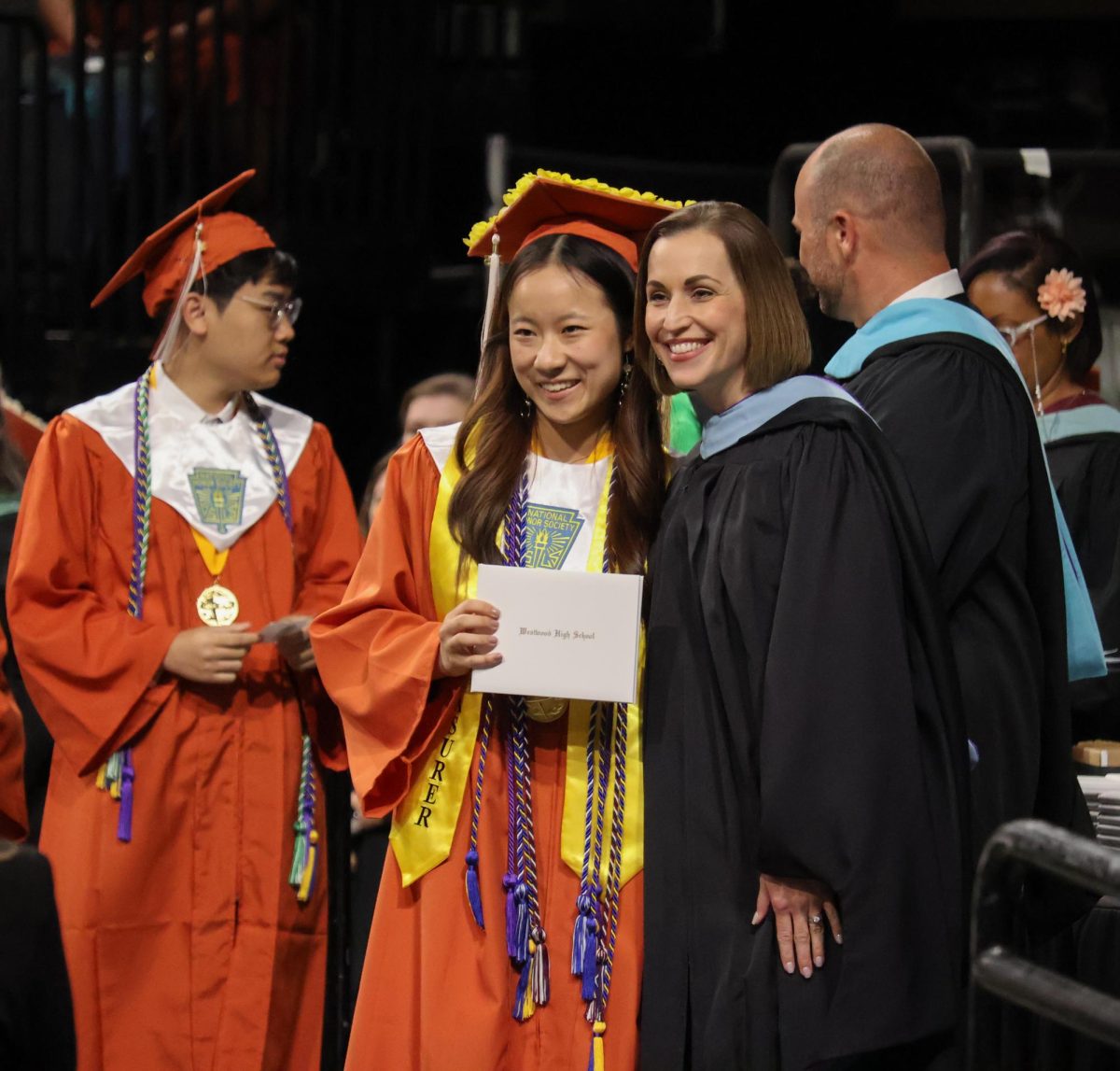



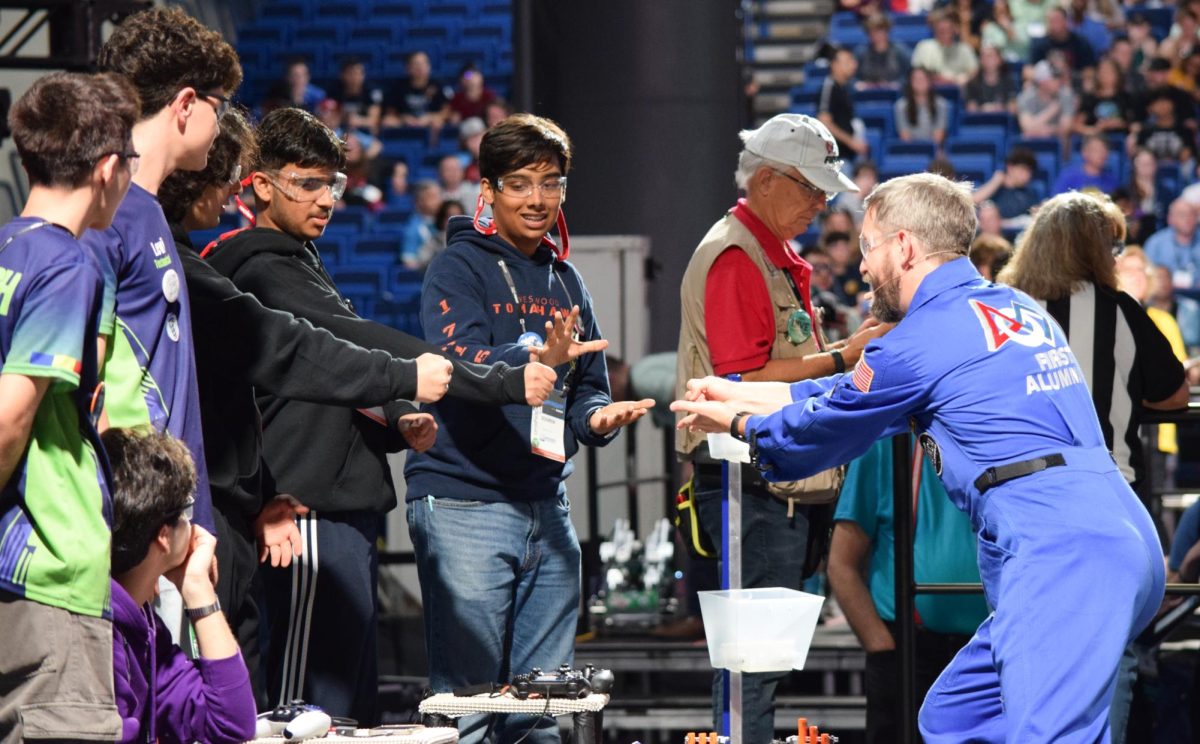




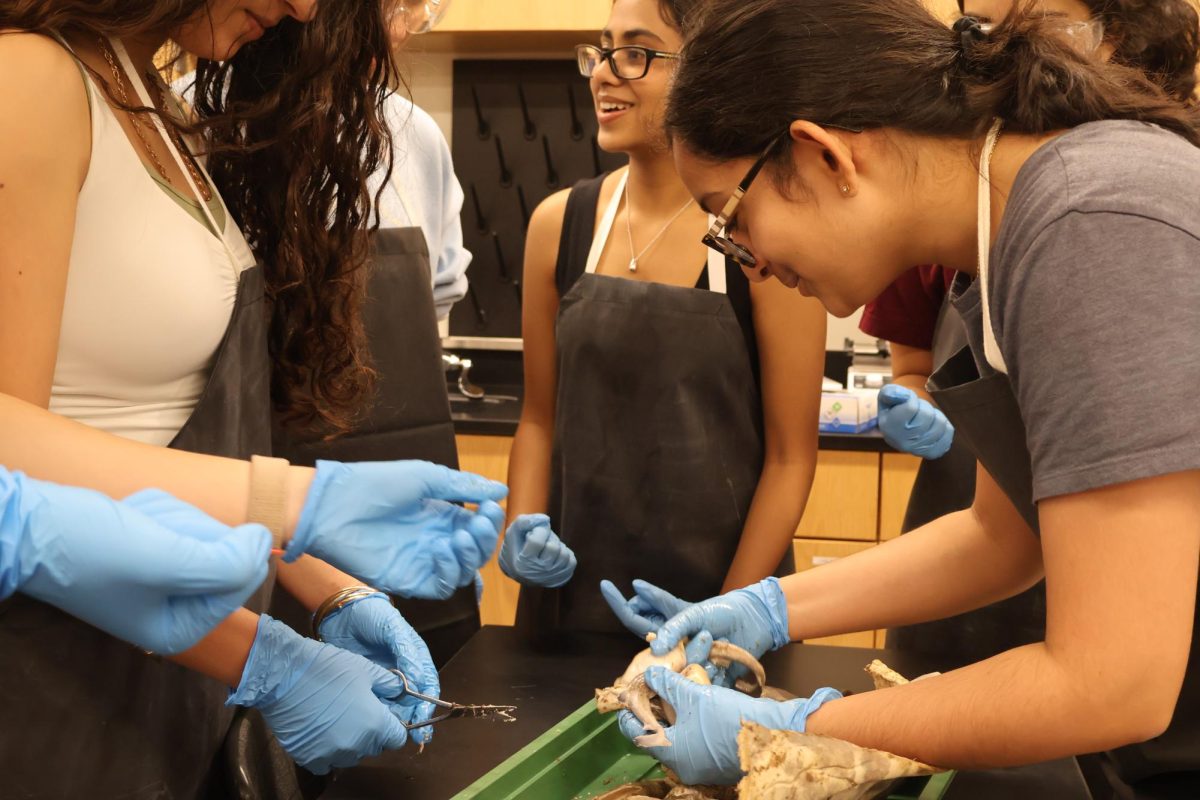
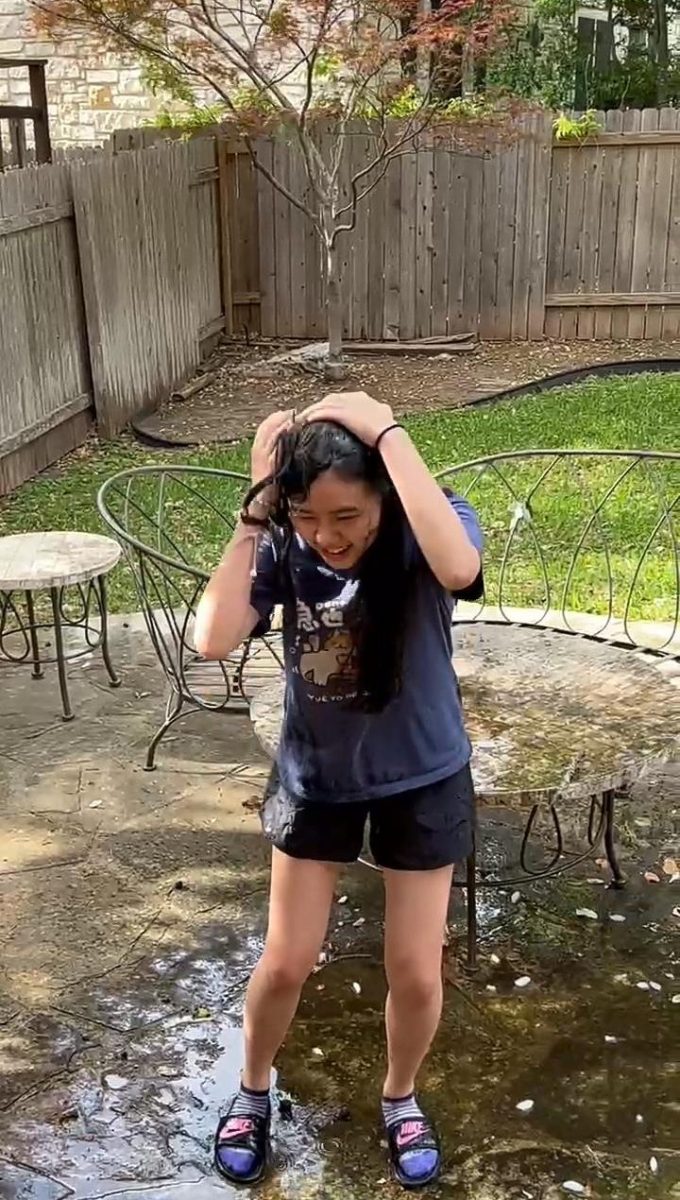


Chase Klipec • Nov 4, 2024 at 8:52 pm
The district could certainly be doing better with transparency in their bond programs to people outside of the groups forming them. The Citizens Bond Committee is the only community organization with a stake in the student’s education. Project ideas or concerns have to be passed up through focus groups and then on to the CBC, which revises suggestions and chooses which are worth passing on to the Bond Committee and Board of Trustees. While politics will determine who gets the board spots; ultimately, activism in these small participatory meetings and an awareness of what the board is considering is the best thing a student or parent can do civics-wise.
A weird Westwood nugget on the subject of the 2024 Bond- in March of this year, RRISD had focus groups about the Bond plans; they produced a report that included the Facility Condition Index (FCI) for all campuses. Westwood scored an abysmal 34%, in the ‘critical’ condition range. The same report suggested that in order to get the facilities in ‘good’ range, it would cost $99 million in maintenance and upgrades. Now on the 2024 Bond website it says Westwood has an FCI of 4%… which is even more odd, considering that Preposition A has about $400,000 in roofing and HVAC projects listed for Westwood. I can’t think of a good reason that the FCI score could have changed so drastically amidst budget cuts and the publicly stated strict budget for maintenance. Something’s been misrepresented…